Come the first days of fall, those who hunt with a bow are either on the hunt or eagerly awaiting the opening of hunting seasons. Most bowhunters spend as much time at the range preparing as possible leading up to this time. In addition to regular practice, it’s important to be sure your equipment is functioning properly. Here are some steps to take to ensure your bow is ready before you head out.
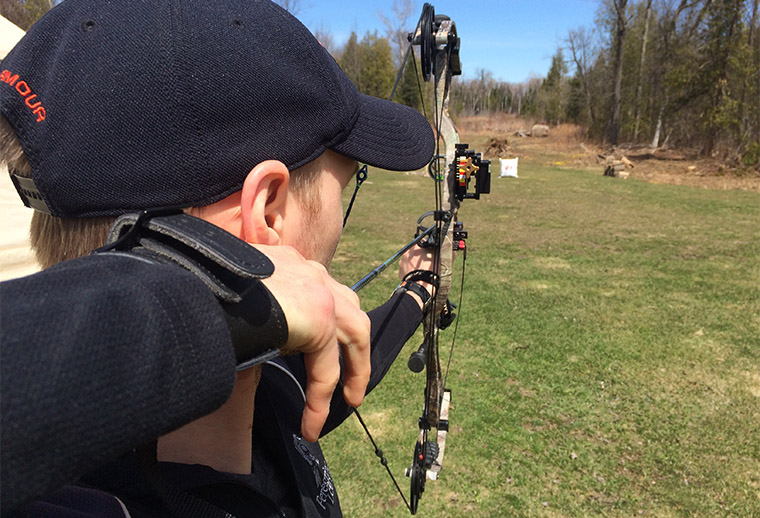
Step 1: Bow tune-up
 Unless you are well versed in maintaining your own bow, it’s a good idea to take your bow to an archery shop to confirm it is tuned. Things to check include cam lean and timing, and confirming factory specs like brace height and axel-to-axel length. This is also a good time to double check your draw weight and confirm that both limb bolts are in the same position. Check your strings and cables, too. If you see little frayed pieces, it’s time to give them some wax.
Unless you are well versed in maintaining your own bow, it’s a good idea to take your bow to an archery shop to confirm it is tuned. Things to check include cam lean and timing, and confirming factory specs like brace height and axel-to-axel length. This is also a good time to double check your draw weight and confirm that both limb bolts are in the same position. Check your strings and cables, too. If you see little frayed pieces, it’s time to give them some wax.
Tip: I like to put a little marking with white correction fluid or permanent marker on my limb bolts to give a quick visual cue that they are each screwed in or out the same number of turns.
Step 2: Arrow integrity
One of the biggest advantages of carbon arrows is that they don’t bend like aluminum arrows. But, they can wear and crack. To check an arrow, hold both ends of it and flex it, listening for any cracking noises. Examine the arrow shaft to be sure there are no nicks or loose fibres. Be sure your nock is fully seated and your vanes are all securely attached. Double check that your broadheads are tightened each time you head out for a hunt.
Tip: running a cotton ball along the arrow shaft will reveal any nicks or inconsistencies. If cotton has been pulled off at any point along the arrow, that’s a sign the arrow has been damaged.

Step 3: Broadhead tuning
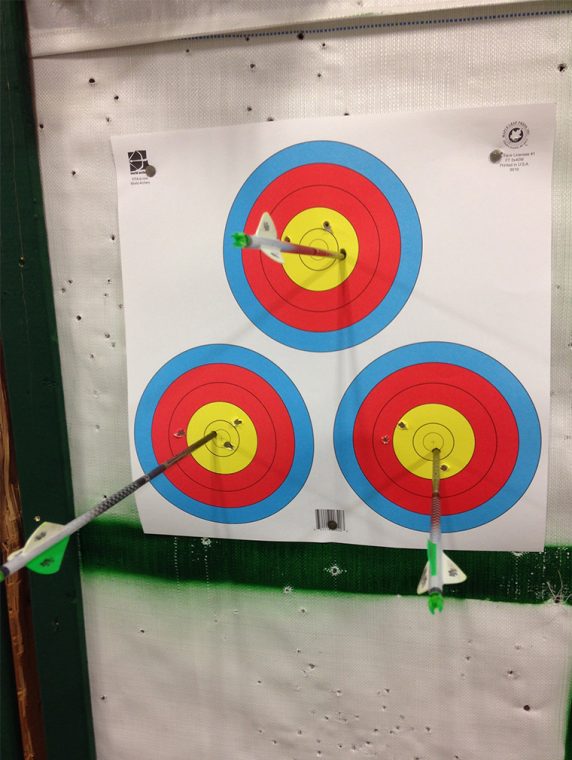 Paper tuning is a great method of tuning your bow for shooting field points; however, you also need to make sure your bow is tuned to your broadheads. This is probably the most important step in preparing your rig for the hunting woods. Your arrows will likely fly differently with broadheads, so it’s essential that you take the time to practise with them.
Paper tuning is a great method of tuning your bow for shooting field points; however, you also need to make sure your bow is tuned to your broadheads. This is probably the most important step in preparing your rig for the hunting woods. Your arrows will likely fly differently with broadheads, so it’s essential that you take the time to practise with them.
Even though your bow has been paper tuned, it does not mean your broadheads will impact the target in the same place. It is imperative you shoot your broadheads before you go into the woods.
If your broadheads DO hit the same place, then you are ready to go. If they DON’T, then you can make small adjustments to your arrow rest to get the broadheads and field tips to impact in the same place. Depending on where the broadheads impact, move the arrow rest in small increments as per the following, if the broadheads impact:
-left of the field tips, move the rest to the right
-right of the field tips, move the rest to the left
-hits low compared to the field tips, move the rest up
-hits high compared to the field tips, move the rest down
Always correct the left and right issues first, then correct the up and down issues.
Tip: targets will dull broadheads, so purchase two sets of broadheads, one for practice and tuning, and one for hunting.
Step 4: Before you head out the door
Your equipment can take a bit more abuse in the woods than travelling to and from the indoor range. Keep an Allen key set in your hunting pack so you can tighten your bow’s hardware in the field. Before each hunt, double check that nothing has come loose. In particular, check each of your sight pins, and if you use a drop-away rest, ensure the cord is attached securely.
Tip: noise from a loose bow quiver can ruin your hunt when still hunting or drawing from a tree stand. Be sure it is tight on the bow and your arrows are secure each time you head into the field.
Take the time to tune up your equipment and ensure it’s safe to bring into the field. This will help ensure a trouble-free hunt and a clean kill when the time comes.


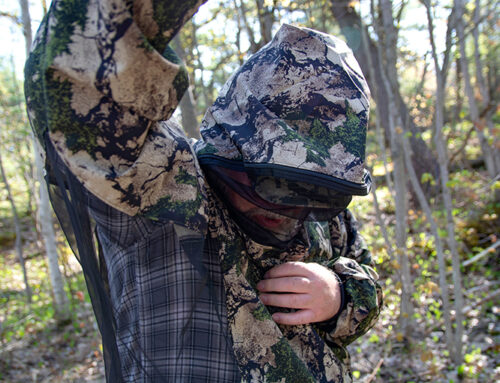
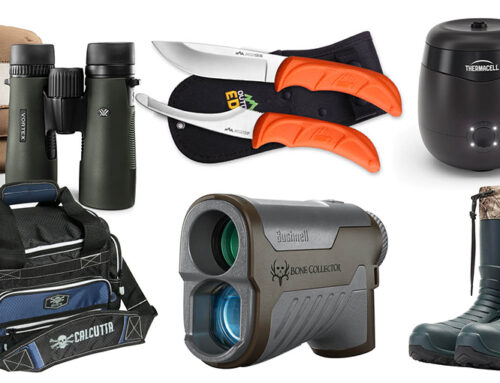

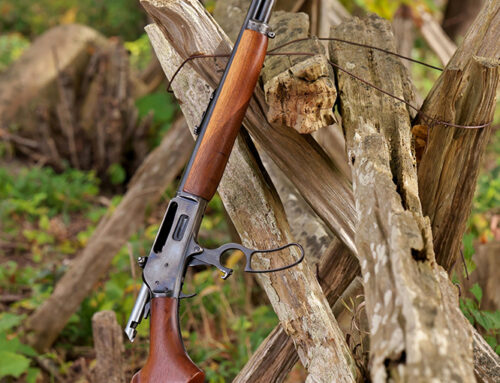
Leave A Comment